June 16, 2022
11 Ways to Effectively Measure Sales Productivity

- The challenges of measuring sales productivity
- How to measure sales productivity
- Which sales productivity metrics should you track?
- Wrapping up
- Frequently asked questions about measuring sales productivity
Measuring sales productivity lets you identify where your teams are struggling, so you can provide the tools and sales training they need to improve.
But with modern sales teams generating a tsunami of data every day, how do you know which KPIs to track?

Knowing which sales productivity metrics to measure helps you focus on the right numbers
Well, sales productivity varies from company to company, so it’s all about choosing the right metrics for your business.
We’re all about streamlining sales processes, so we reached out to sales leaders and coaches to find out:
Let’s get into it.
Want to turn your sales reps into productivity beasts? Mixmax gives them back more selling time, so you can achieve more with less. Request demo
The challenges of measuring sales productivity
Measuring sales productivity is a common challenge for sales managers, which is ironic as we now have access to more data than ever. The sheer volume of insights from CRMs and other sales productivity tools can be overwhelming, though, and it’s hard to know what to track. Metrics also need to be specific to your business and team: What works for one company won’t necessarily work for others.
It’s important to get it right, though, to avoid focusing on activities that don’t actually yield better results. Like obsessing over how fast reps close deals but leaving out what those deals are worth to your company. Or confusing getting faster with getting better.
As Patrick William Joyce, Business Development Advisor at regie.ai, warns, you need to be smart about what you track “The number of phone calls or emails can be a leading indicator for pipeline volume,” he says, “But if you set goals within those metrics, it promotes behavior that inflates vanity metrics. Reps will make calls they know aren't going anywhere to log daily minimums and protect their livelihood.”
There’s no one-size-fits-all answer to measure sales productivity, but here’s what we suggest.
How to measure sales productivity
To measure sales productivity, first you need to know what it means. By defining what it means for your organization, you can determine your KPIs.
Check benchmarks
Check industry benchmarks by reaching out to sales communities and professional sales organizations, or using tools like the Bridge Group’s performance grader. This lets you know how you stack up, and what you need to aim for.
Track leading as well as lagging indicators
Key performance indicators (KPIs) like meetings booked, discovery calls, proposals sent, etc. are leading indicators of future revenue. To an extent, they can be adjusted in real-time to improve your results.
So, if a rep achieves 1 closed deal per 4 proposals sent, their conversion rate is 25%. If their revenue goal is $1 million and their average deal size is $100,000, they’ll need 10 deals to hit their target.
Once you know that, you can reverse engineer your sales forecast to see how many activities you need to hit that target. And whether any of the activities or stages can be improved to make reps more efficient and effective.
Other metrics like revenue results are lagging indicators. They tell you what happened in the past. You still need to measure them, but they’re less helpful to know what you can tweak right now to influence future results.
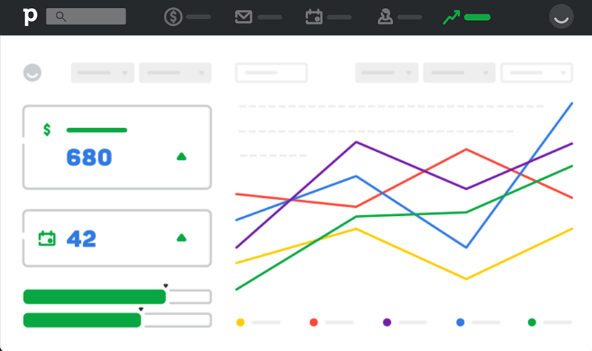
Which sales productivity metrics should you track?
There are a ton of sales productivity metrics you can track, but here’s what we recommend.
1. Activity metrics and conversions
Activities are things like calls made, emails sent, social media touches, meetings, demos, etc. over a given period. But these numbers alone are meaningless unless they’re contributing to building relationships and driving sales. So you also need to track outcomes and conversions.
So, not just how many emails a rep sends per quarter, but how many replies do they get? Of those replies, how many conversations are started? Of those conversations, how many result in a booked meeting? How many kept meetings result in a genuine opportunity? How many opportunities progress through the sales cycle? How many leads are added to a prospecting sequence by SDRs, and how many prospects are dropped into a nurture sequence by your AEs?
Once you know these numbers you can calculate sales productivity like this:
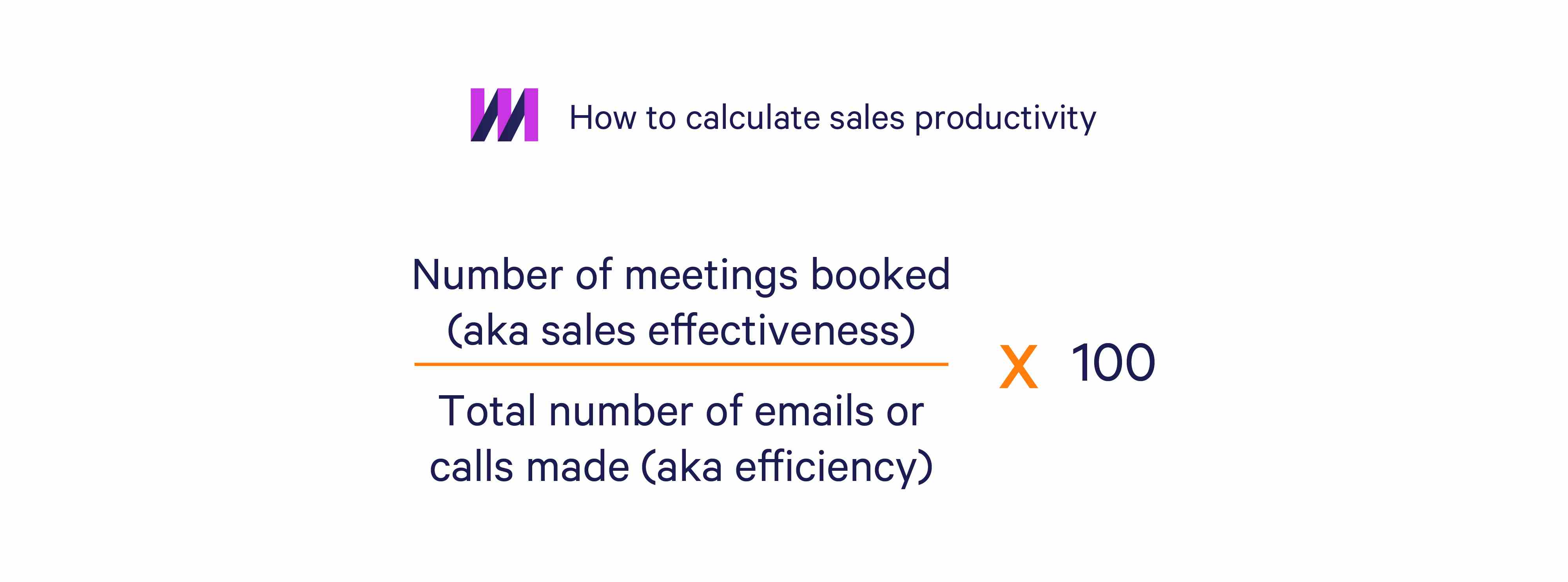
Here’s another conversion metric that focuses on how many sales qualified leads convert:
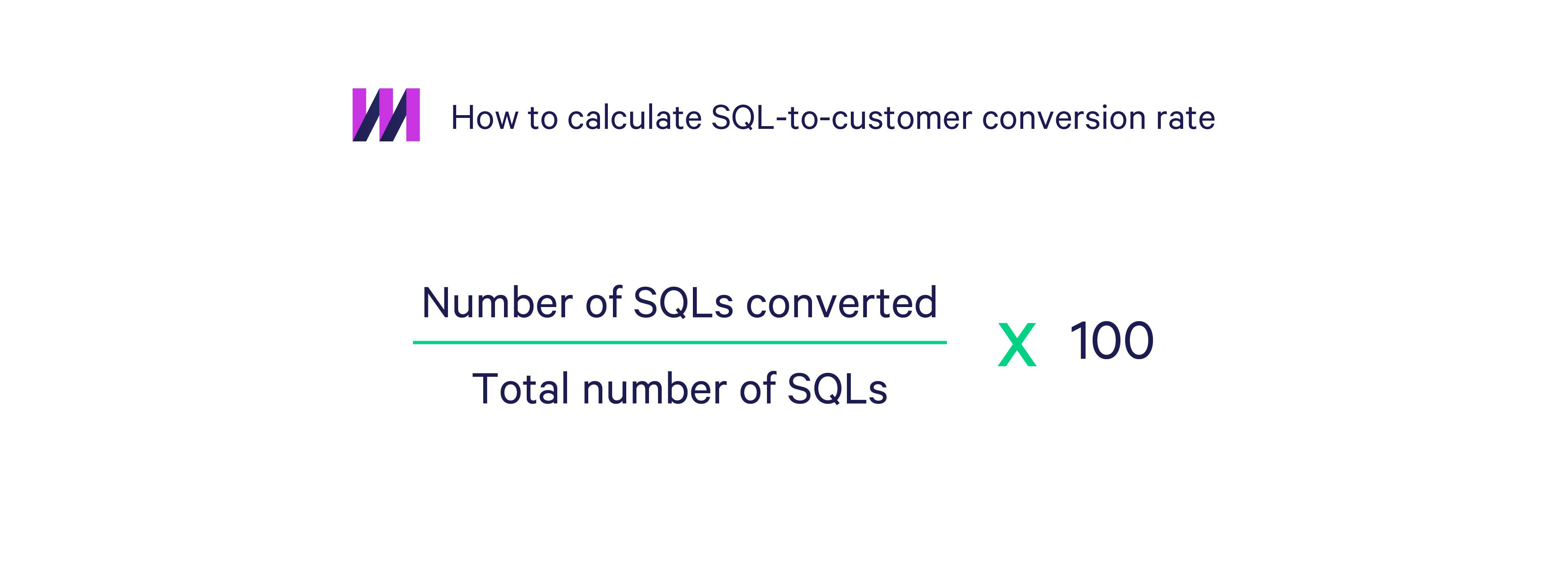
Tracking conversions also lets you identify areas for improvement. For example, if SDRs are having a lot of conversations but not booking many meetings, you may need to revisit list-building strategies to check you’re filling them with prospects that match your ICP.
To determine individual sales reps’ activity levels, have reps do their “sales math” using a formula like this to calculate how many activities they need per day/month/quarter to hit quota.
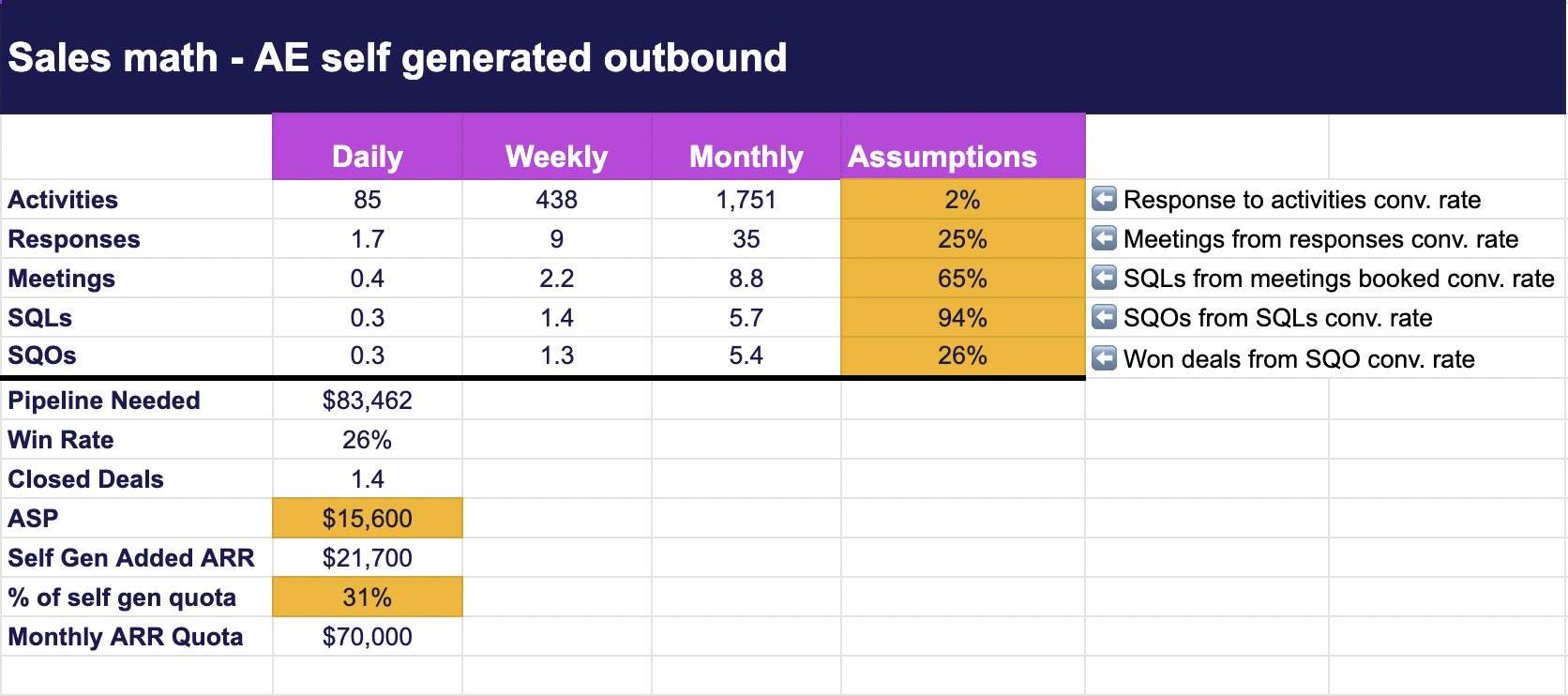
Copy and edit our sales math template.
Reps should revisit their sales math regularly but not too often as inputs resulting in opportunities and closed deals can vary, especially with seasonality.
2. Average lead response time
This tells you which reps are proactively following up on prospects. The faster they jump on hot leads, the greater the chances of converting them into opportunities. Conversion rates can even be up to 8 times higher when reps respond within 5 minutes compared to just one minute later.
So, leave it too long and you could lose out to the competition.
To calculate lead response time, check lead statuses in your CRM to see how long it took for them to change from “new” to the next stage. Then, divide response times over a time period by the number of follow-ups.
If you find you’re generating a lot of leads but it’s taking too long for reps to respond, you may need to hire more sellers to share the load.
It’s also helpful to set out expectations for lead response time and lead handling time (more on this below) in service level agreements (SLA). These state sales activity requirements—number of calls, emails, conversations, etc.--and expected outcomes. This lets each rep know what’s expected of them, and allows them to calculate how many activities they need to hit their targets.
3. Average handling time
This is the amount of time it takes for a rep to handle an interaction. For example, time-on-call or the amount of time spent sending an email plus follow-up activities. It tells you how efficient your reps are and what volume of interactions they can handle. Cutting handling time should let them take on more volume, which should up the number of conversions overall.
Again, though, outcomes are more important: Reps should never rush interactions to the cost of building relationships.
To calculate handling time for a sales call:
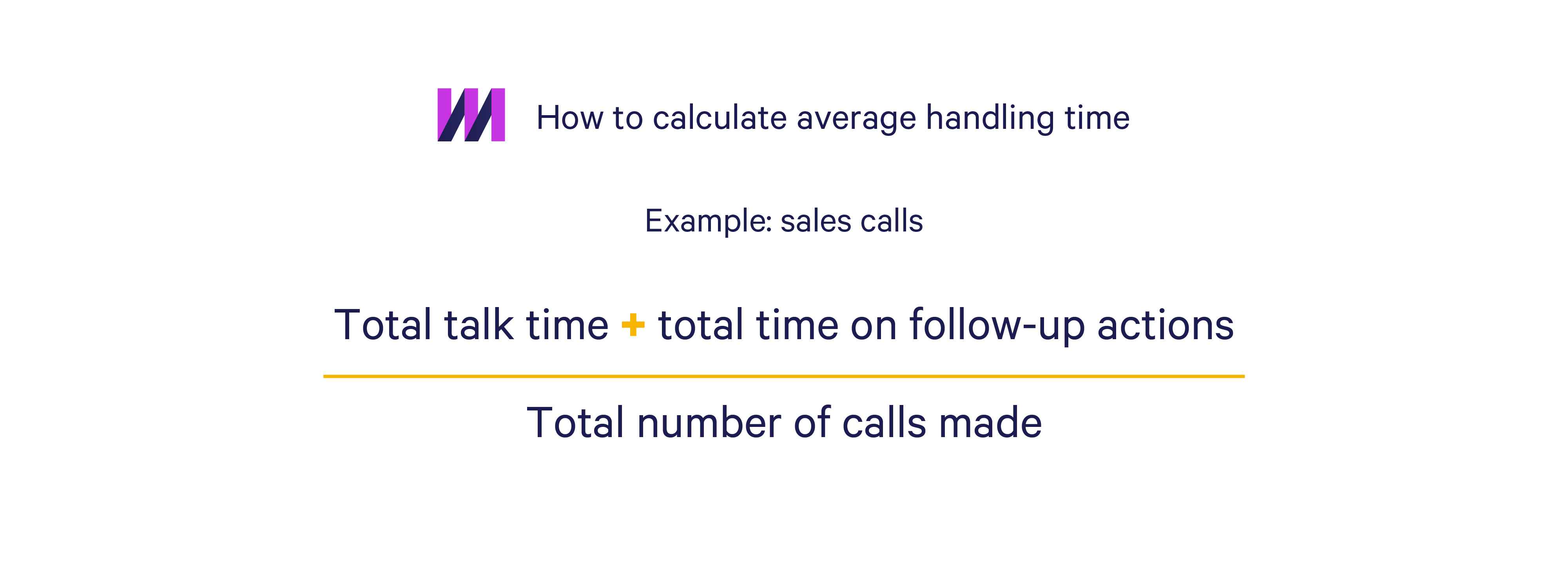
Use a sales engagement platform like Mixmax that comes with customizable email templates. These autofill with prospect data from your CRM, which cuts downs the time it takes to personalize outreach at scale.
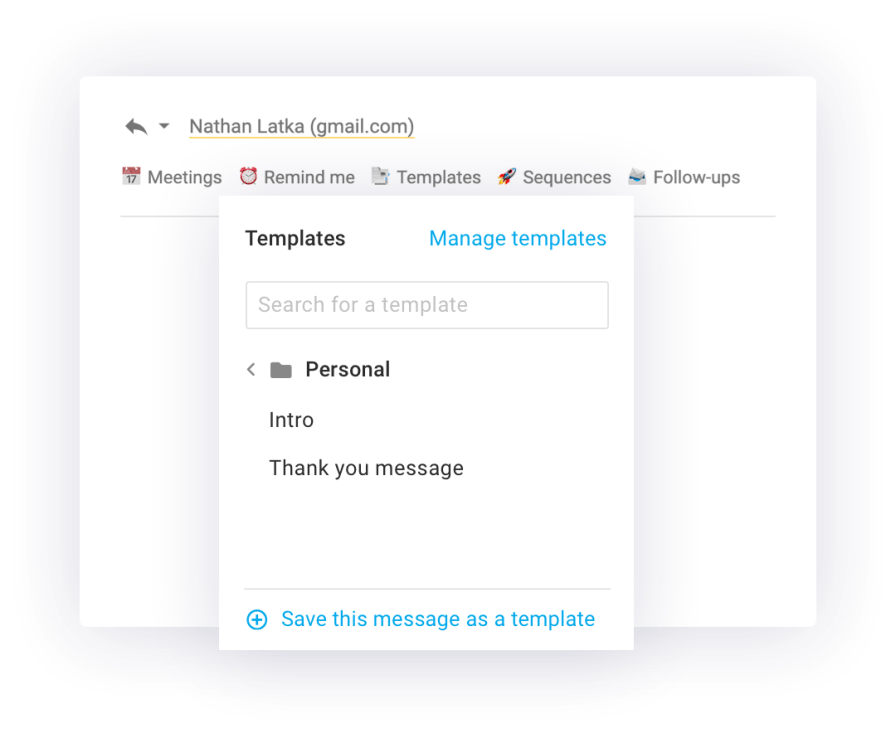
Personalizing messaging takes time, so Mixmax templates give you a head start
4. Selling time
How much time do your reps spend selling vs being tied up with other activities? To find out, spend a day as an AE or SDR and watch how your teams do their job. Get them to tell you where they’re losing the most time and what they’re doing—for real insights and impactful improvements.
Then, figure out how to give them back more customer-facing time. For example, by using a sales engagement platform like Mixmax to boost efficiency by automating manual or repetitive tasks like logging sales activities or call notes in your CRM.
Sales automation tools are the best way to boost rep efficiency and allow them to focus on high-quality 1:1 interactions for better results.
With Mixmax, you can set up rules to automatically update Salesforce, so reps don’t need to do it manually
5. Opportunities lost
Reps invest time in prospects, so you don’t want to lose them to the competition or a no-decision outcome. So minimizing the number of closed-lost opportunities reduces wasted time and boosts productivity.
To track this, monitor the % of lost opportunities and the reasons why they were lost.
Then, calculate:
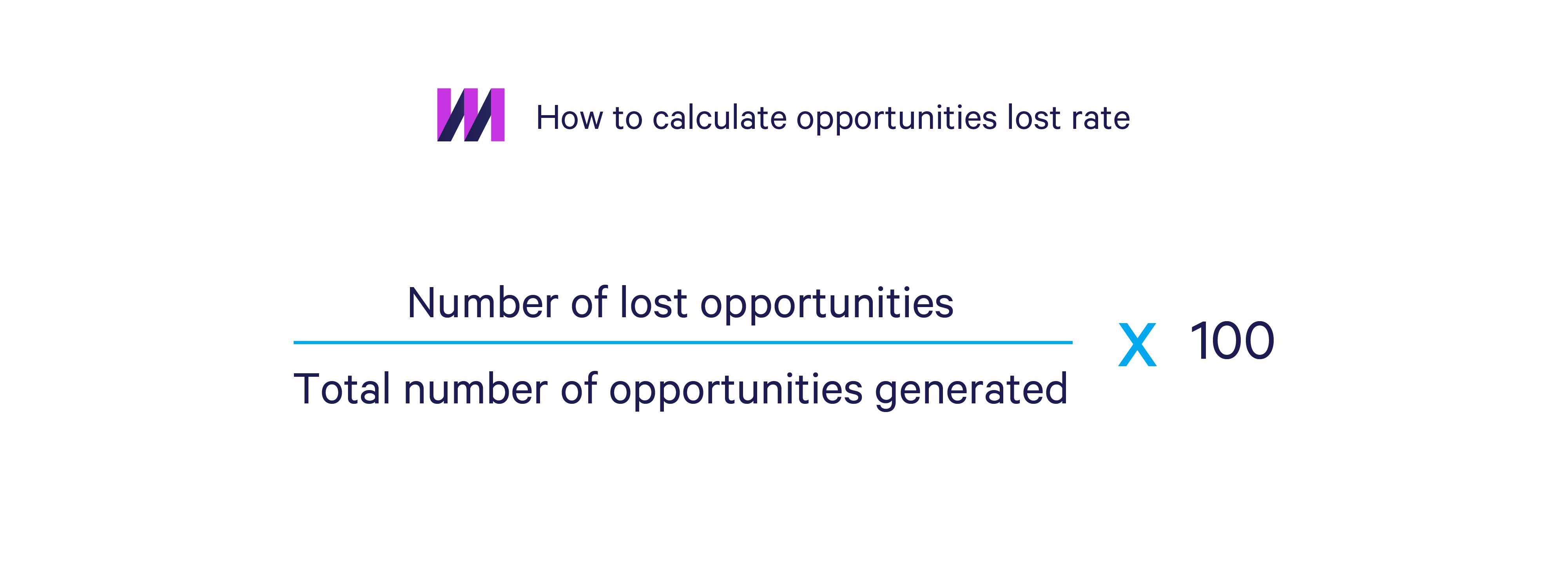
If reps are consistently losing opportunities to no decision, it may mean they need to be more careful about qualifying them and placing them in the pipeline.
6. Win rates
This is the ratio of opportunities to closed deals over a time period. It’s one of the most basic measurements of success, and an easy way to gauge a rep’s sales effectiveness.
To calculate win rates:
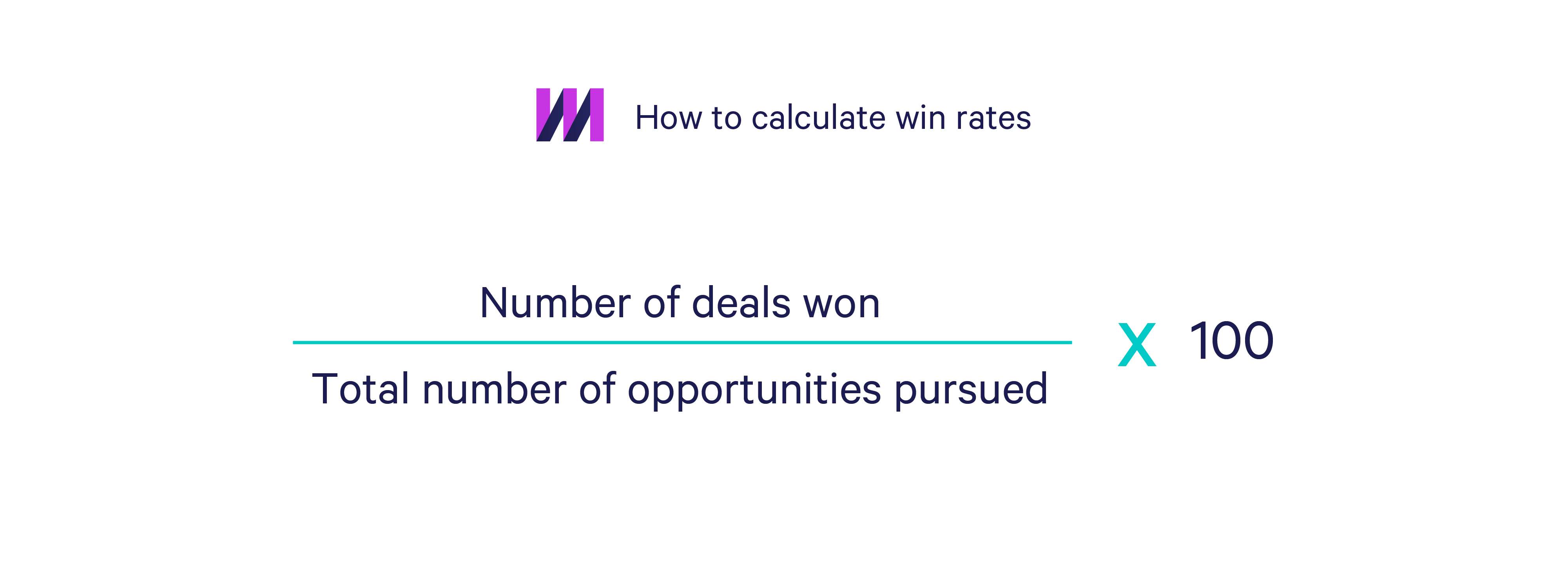
So if a rep closes 25 deals from 100 opportunities over a given time period, their win rate is 25%.
Measuring win rates over time lets you see if your teams are improving. If they go up, congratulations. You’ve got yourself a productive sales force. If not, look at where they’re struggling to convert opportunities into customers. For example, if potential customers are dropping out early, sellers may need sales enablement coaching on how to establish trust. If you’re losing deals later in the cycle, maybe their negotiation skills need work.
7. Length of sales cycle
This is the total average time between prospecting a lead to converting them. As a rule, the faster reps move prospects through the cycle, the more revenue they can generate.
By contrast, the longer the sales cycle, the more resources it consumes. This isn’t a problem if deal sizes are large enough to warrant taking time over. But if it’s taking an age to advance small deals, you want to look at why.
To calculate the length of your sales cycle:
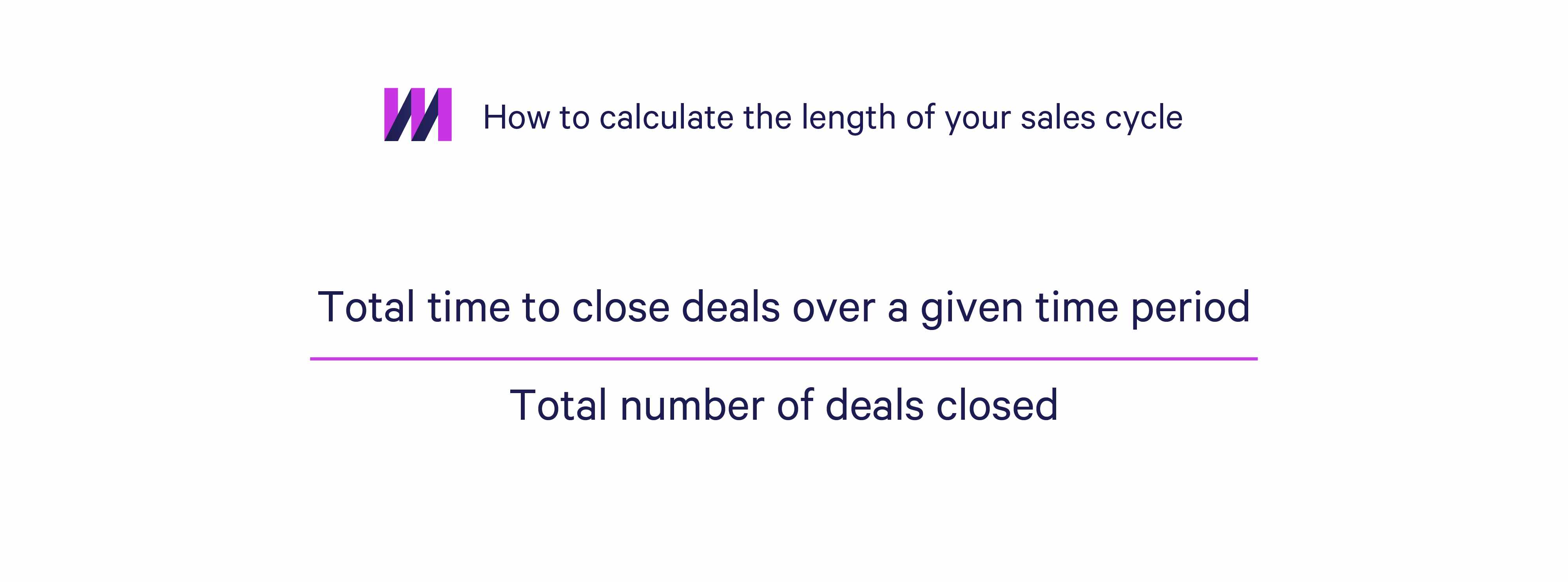
Do this for your whole team and each rep. If any are slower than the rest, look at their activity tracking to see which stages take the longest. Then, you can provide targeted support to streamline stages and improve performance.
Again, though, quality is as important as quantity. It’s pointless aiming for a shorter sales cycle if that encourages reps to push through smaller, easier deals at the expense of larger ones that warrant more nurturing. Always consider sales cycle length alongside average deal size.
8. Average deal size
If your team is too focused on winning small deals because they’re easier to close, you need to empower them to pursue more profitable ones.
You know what they say, though: size isn’t everything. If reps are filling the pipeline with huge but risky opportunities to the exclusion of safer deals, you could end up with a problem on your hands.
To calculate average deal size:
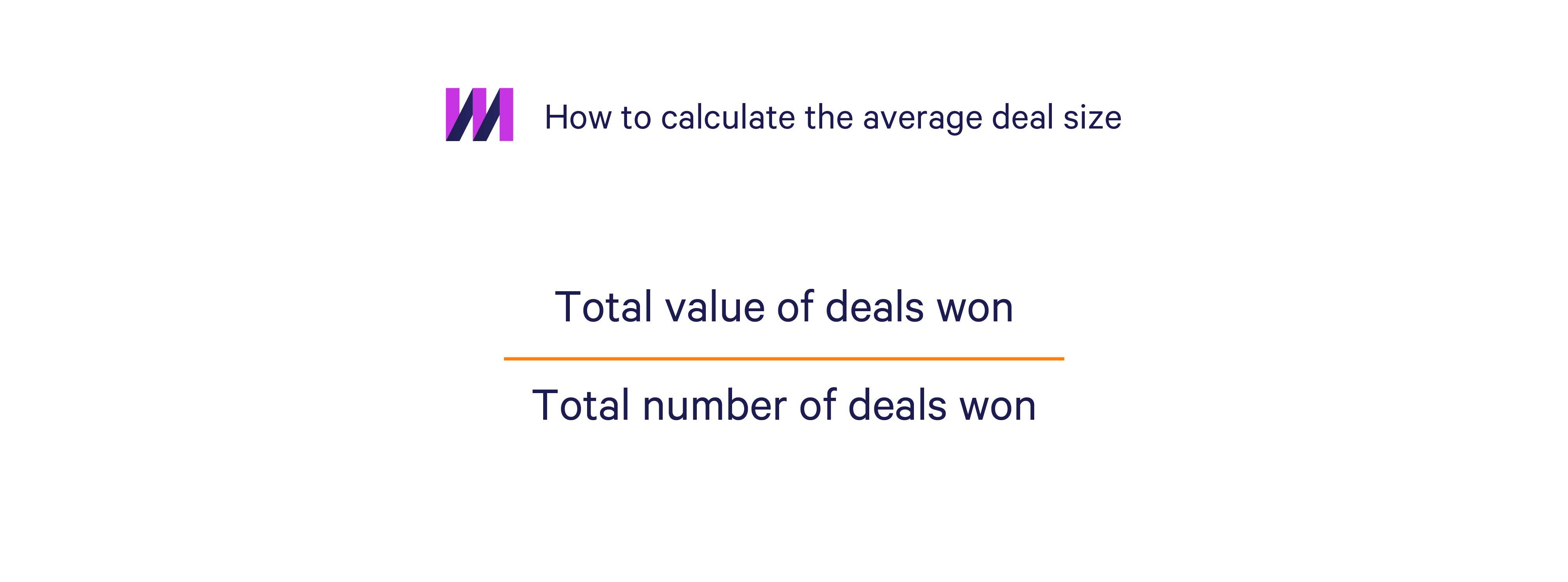
When you know your average deal size, you can forecast more accurately. If your average deal size is $10,000 and reps close 10 deals per quarter, they should be able to pull in $100,000. If that’s your target, great. If, however, it’s $1 million, you either need to hire more reps or take a long hard look at your processes.
Similarly, if your average deal size across the board is too small, look at your ICP and lead generation efforts to figure out why.
Knowing how an individual’s deal size compares with other team members also lets you coach them to improve. If they’re a newbie, their deal size should go up as they get more confident and their skills improve.
9. Time-to-productivity
The faster new reps adopt your tools and methodologies and start making sales, the more revenue they can generate. So tracking time-to-productivity tells you how fast they ramp to hit quota, how good your onboarding and training processes are, and how intuitive your tech stack is.
Within this, you want to look at:
- Time to first activity
- Time to first call, meeting, or demo
- Time to first deal
- Time to hit 50%, 80%, or 100% quota
Remember to track metrics over more than one quarter to prevent figures being skewed by reps inheriting prospects who are part way through the funnel.
Build an integrated tech stack around a user-friendly sales engagement platform like Mixmax so new reps can get up and running faster. It sits on top of Gmail and integrates with a range of popular sales tools so reps can collaborate and perform all essential tasks without leaving their inbox.
This, plus a powerful rules engine for workflow automation, boosts efficiency. And customizable sequences combined with friction-reducing enhancements like in-email CTAs, Gifs, and calendar links enable true sales engagement and increase the chances of getting a response.
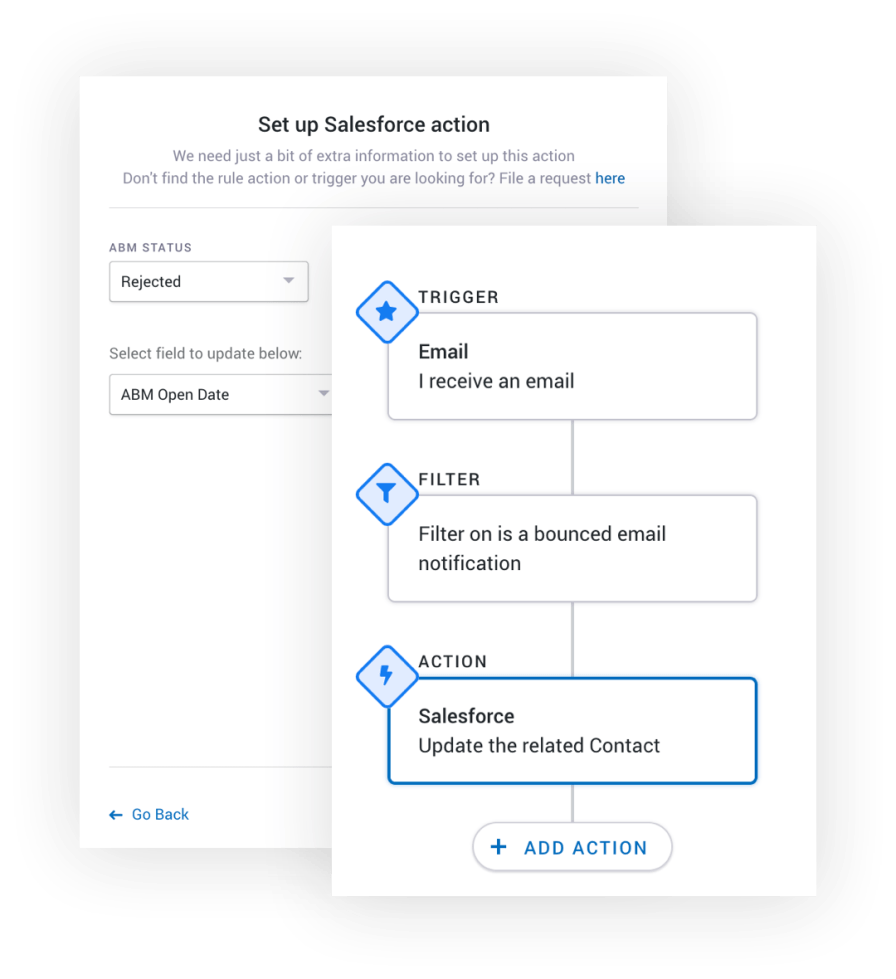
Mixmax’s library of customizable rules allow for true workflow automation and ensures nothing slips through the cracks
10. Sales pipeline-to-quota
This provides a window on team performance and tells you whether your quotas are reasonable.
Calculate it like this:
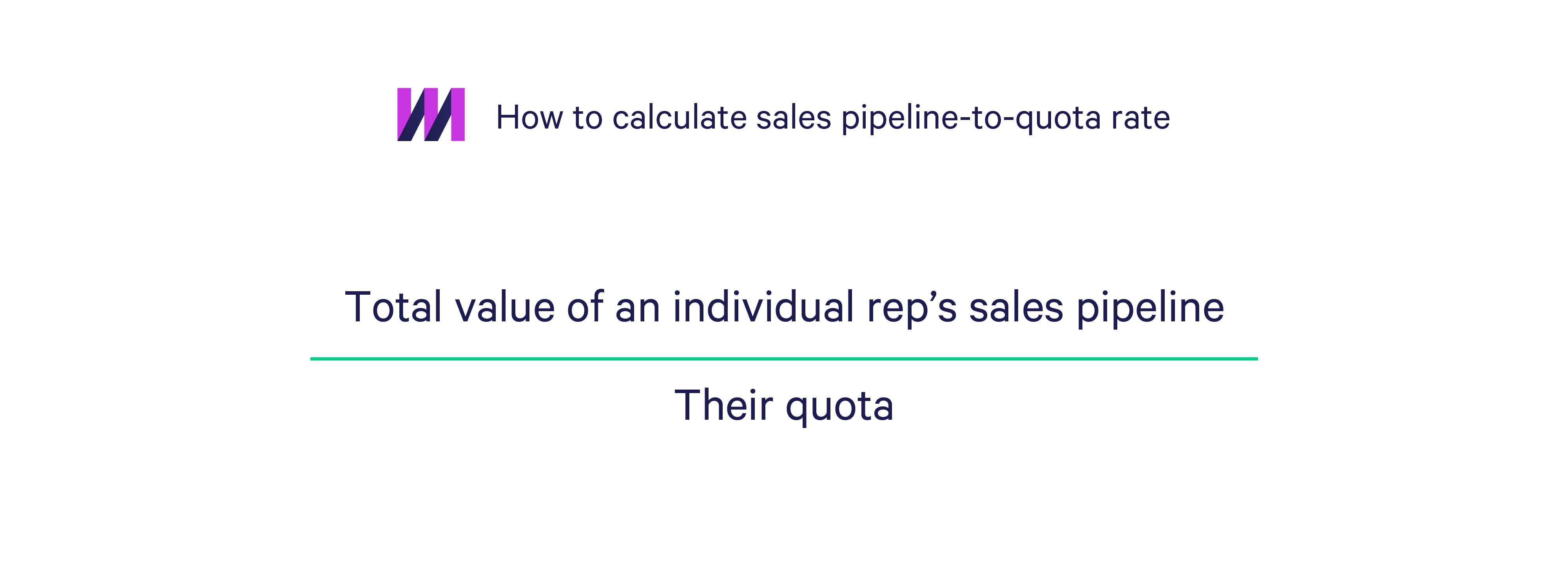
This combined with their % of closed opportunities will tell you whether they’re on track to hit quota. If they’re consistently reaching their targets, maybe they need to be challenged to achieve even greater heights. It’s also important to know whether reps are consistently hitting quota. They could hit targets by closing all their deals in one month, but can they keep it up over time and consistently generate revenue?
Remember to also look at factors like sales pipeline size, shape, and deal type. How are potential customers distributed across different stages of the cycle? If a disproportionate number are stuck at one stage, what’s the holdup?
11. ROI
This is an important measure of team and individual performance. Plus, employing a professional sales team is a big expense for any organization, so you need to know whether it’s getting results.
Here’s how to calculate ROI for individual reps:
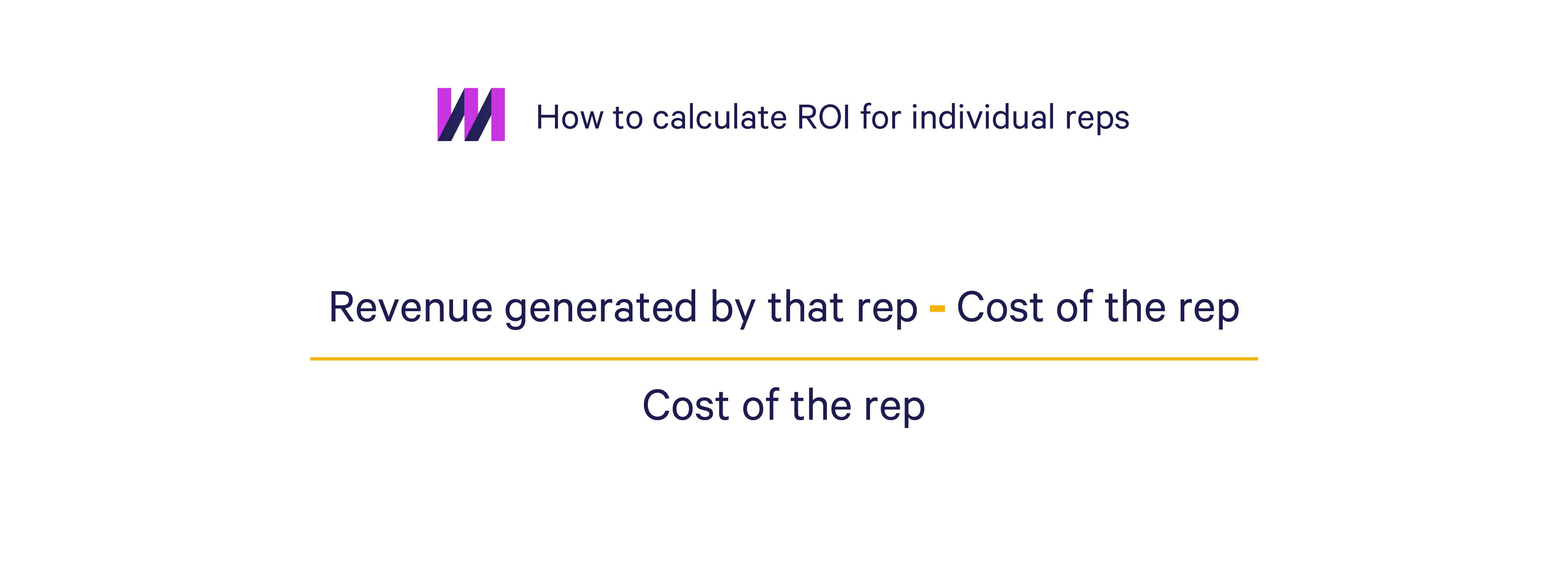
The higher the ROI for an individual sales rep, the more cost-effective they are.
Remember, success is contagious, so share your best-performing rep’s results and secrets with the rest of the team to motivate them and help them improve.
Wrapping up
There are lots of ways to measure sales productivity. The key lies in identifying the right performance metrics for your industry, business, and sales processes, and being smart about what you track.
Sales productivity is about doing the right things at scale, so don’t get hung up on individual metrics like activity. Instead, dig deep into sales data and take a holistic view to understand what factors affect your revenue results, and how you can help and motivate your teams to improve.
Check out our piece on sales productivity tips for practical ideas, and use a sales engagement platform like Mixmax that’s packed with features to make them more efficient and effective.
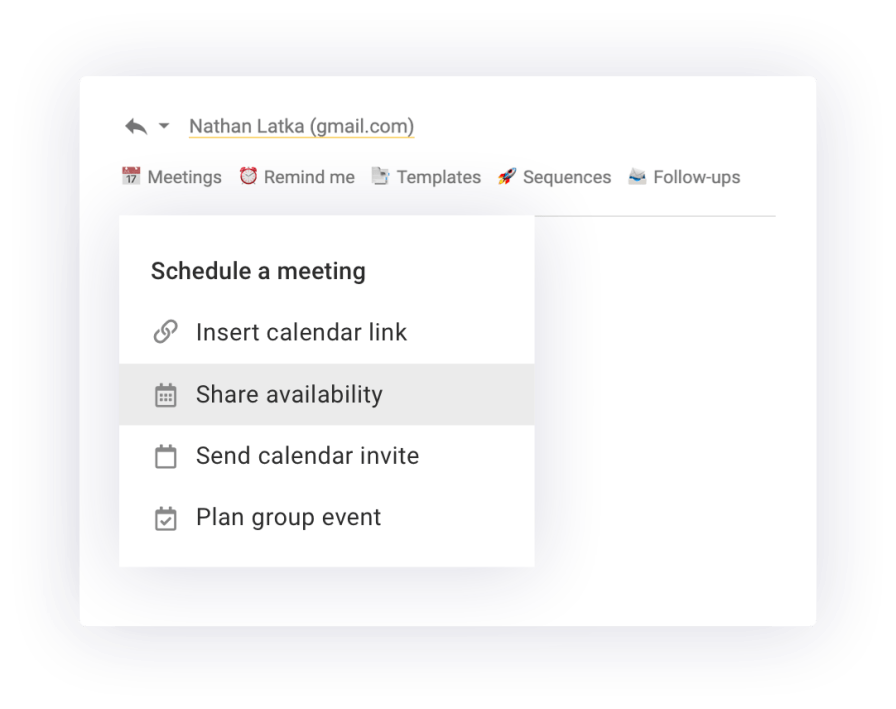
Mixmax in-email calendar links make it easy to book meetings with one click
Thanks for insights and inspiration to:
Bryan Whittington, Managing Member, Evergreen Business Services
Patrick William Joyce, Business Development Advisor at regie.ai
Vincent Burruano, President of Vince Burruano Consulting Services.
Frequently asked questions about measuring sales productivity
What is sales productivity?
Sales productivity is a measure of how efficient a salesperson or team is (what they put in in terms of time, resources, etc.) and how effective they are (the results they achieve with that time or resources).
How do you calculate sales productivity?
There are lots of ways to calculate sales productivity depending on which metrics you’re tracking. However, one way is to divide a metric of effectiveness (like meetings booked) by the total number of activities performed (sales efficiency) and multiply the result by 100.
What are sales productivity metrics?
Sales productivity metrics are leading or lagging indicators of revenue results. For example, the number of activities over a time period, length of the sales cycle, win rate, and conversion metrics. For example, of all the emails sent, how many get a response?
What is the difference between a salesperson's performance and sales productivity?
Sales performance is how effectively your sales team performs certain activities within a specific period of time. Sales productivity is a measure of how efficient and effective they are. So, not just how many calls they made, but how many of those calls led to a booked meeting.

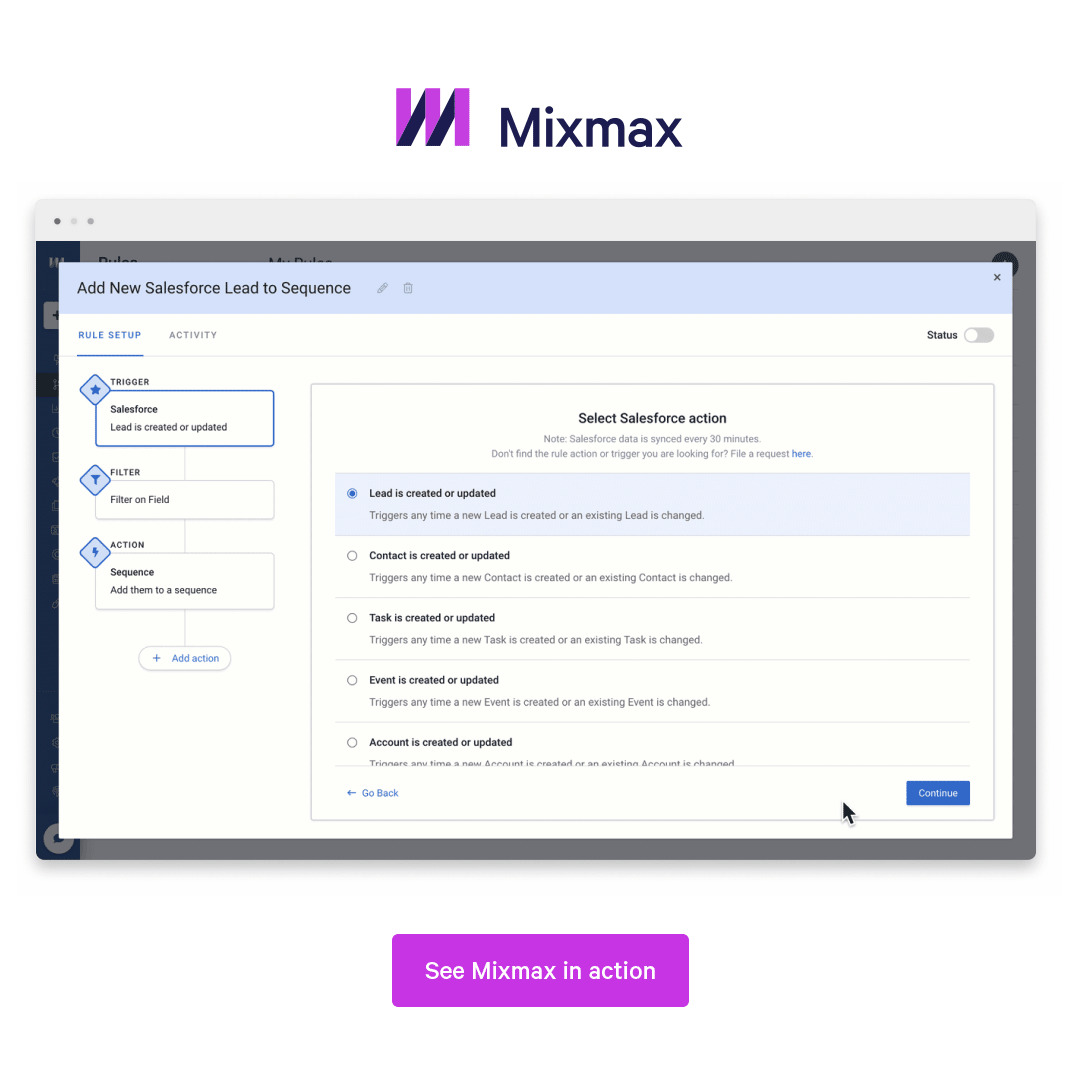


.png?width=450&height=250&name=Episode%20Graphic%20(1).png)
